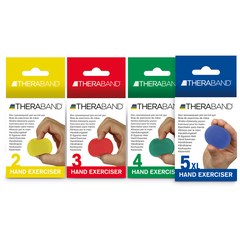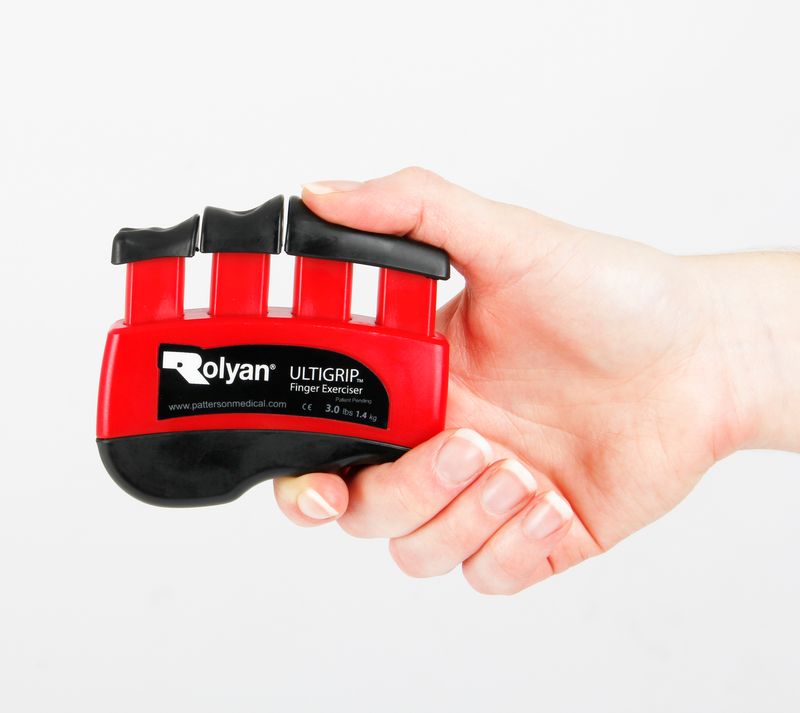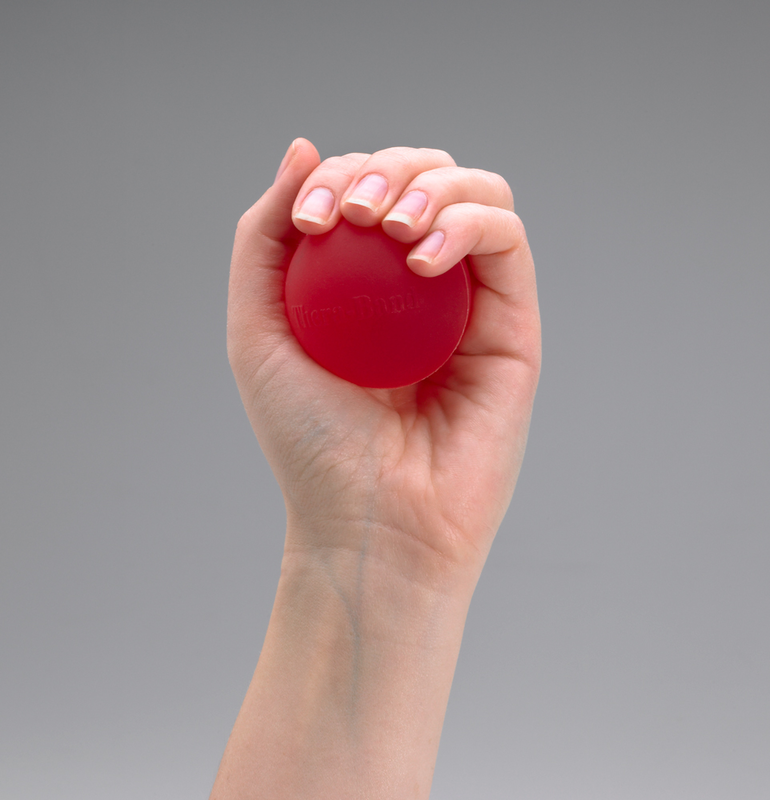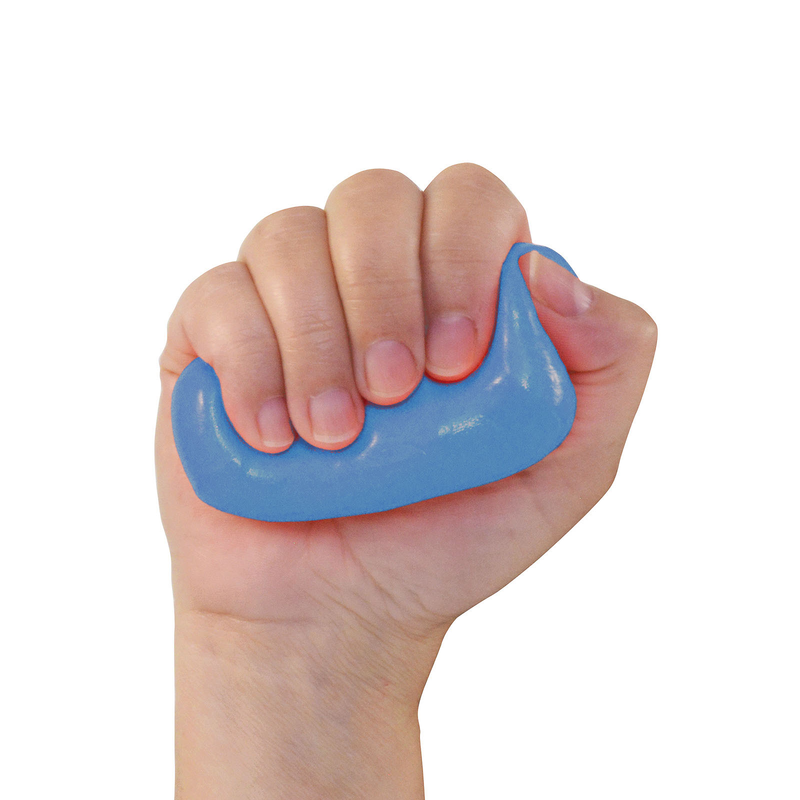As a musician, prepping for a concert can lead to lengthy hours practicing getting a riff just right. According to the NHS, one of the most common injuries this leads to is repetitive strain injury (RSI).1 Other common injuries in musicians are tendonitis, trigger finger, and carpal tunnel syndrome. This article breaks down the most common hand and wrist injuries in musicians, as well as how to prevent and treat them.
What Causes Wrist and Hand Injuries in Musicians?
How to Recognise and Treat Common Hand and Wrist Injuries
Build Strength and Minimise the Severity of Recurrent Injuries
Conclusion
Top Products in This Article
What Causes Wrist and Hand Injuries in Musicians?
Picture this: The spring concert is coming up for a musician. As a part of the concert, they are playing a 20-page movement. While often in rehearsals they don’t sit down and play it straight through, they still spend time slowing down the tempo to better grasp the notes. They might even split up into instrument groups and rehearse in sectionals. Then, they go back and play it two more times together as a group. While this is a common learning technique for musicians, it can cause injuries in their hands or wrists.
While repetitive movement can be the cause for many injuries in musicians, there are other culprits. Improper form can cause bad technique and in turn strain in the arm, hand, or wrist. Another cause of injury can be due to not enough warm-up exercises.2
How to Recognise and Treat Common Hand and Wrist Injuries
Recognising hand and wrist injuries can be difficult if you do not know what to look for. However, the easiest way to recognise them is to listen to your body. Having better body awareness and paying attention to movement and posture can make a huge difference in how much strain a musician feels. Warming up and stretching your hands can also help prevent fatigue.3 While these are tips to avoid a wrist or hand injury, it still can happen. Below are common hand and wrist injuries and ways to treat them.
1. Repetitive Strain Injuries (RSI)
RSI is used to describe an injury caused by a repeated movement. Common symptoms of RSI are aching or throbbing pain, stiffness, tingling/numbness, muscle cramps, and swelling.1 While injuries caused by RSI can go away on their own, there are ways to speed up the recovery process. One way to do this is to gradually increase the amount of activity being done over time. Another way is to use a hot or cold pack on the affected area. If you chose this approach, it is best to use the pack for no more than 20 minutes every two or three hours.
2. Tendonitis
Tendonitis is often seen in pianists, but other musicians can also experience this injury. When tendons in the hands, usually at a joint like the wrist, are overused and become inflamed, tendonitis occurs.3 While it may just feel like fatigue, if it is not treated it can lead to pain and swelling that makes it nearly impossible to play an instrument. If pain is just being detected, it is best to rest. However, severe cases of tendonitis can lead to needing a wrist wrap or splint.
3. Trigger Finger
Trigger Finger, also known as stenosing tenosynovitis, happens when inflammation narrows the space between the cover of a tendon in a finger. This inflammation causes the finger to be stuck in a locked position. If it gets stuck bent, the finger can make a clicking sound when straightened again. In musicians, trigger finger is often caused by gripping an instrument tightly for a long period of time.4 Should the injury not be treated with rest or anti-inflammatory medication, often people who have trigger finger will need a splint.
4. Carpal Tunnel Syndrome
Often linked with numbness and a burning sensation, Carpal Tunnel Syndrome is caused by compression in the carpal tunnel nerve. The pinching of the nerve causes tendons around it to swell, causing pain.4 Like other hand and wrist injuries, this can also be treated with frequent breaks. You can also use ice packs to reduce the swelling.
5. Arthritis
While different kinds of arthritis affect musicians, a common form is thumb arthritis in guitarists. By using their strength to play well, guitarists can experience cartilage breakdown in the joints and bone underneath. In a normal situation, the basal joint (most impacted by thumb arthritis) should pivot and swivel.3 However, thumb arthritis can prevent a musician from being able to pinch or even hold the instrument. In severe situations, surgery may be needed. In less severe situations, common ways to treat this injury are with anti-inflammatory medication, ice packs, or splints.
Build Strength and Minimise the Severity of Recurrent Injuries
Musicians can suffer from sore joints and stiffness after powerful performances. Whether you’re an amateur looking to build strength or a professional trying to improve your dexterity, hand exercisers can reduce the chance of injury and help you play quicker.
Each of these products is available in multiple resistance levels, providing you with a greater challenge as you increase hand, wrist, and finger strength.
1. Rolyan Ultigrip Finger Exerciser
This exerciser works each finger individually. It’s great for weaker pinky and ring fingers to help them develop the strength needed to press down on the strings. The exerciser also builds dexterity, which sets adequate guitar players apart from the greats.
2. THERABAND Hand Exerciser
A simple hand exerciser ball can make a huge difference. It strengthens muscles from your hand to your forearm. It also builds flexibility, which lets your fingers move nimbly across the fretboard.
3. THERABAND Flexbar
This durable hand and wrist exerciser has a ridged texture to help enhance your grip. Lightweight and portable, it is ideal for injuries like tendonitis. The Flexbar is ideal for helping you gain strength while simultaneously reducing muscle soreness and joint pain.
4. Rolyan Therapy Putty
Squeeze, stretch, twist, and pinch putty to boost your hand strength. Therapy putty is a fun alternative to other hand exercisers, like stress balls. Mixing colours lets you customise the resistance level for your ideal workout.
Conclusion
In your musical career, an injury is likely to happen at any time. It is important to listen to your body. If you start to feel sore, you should rest when possible. The best way to avoid a larger injury is to work on your finger, hand, and wrist strength now to reduce the chances of a more severe injury in the future.
References
- NHS. (2022, May 24). Repetitive Strain Injury (RSI). NHS. https://bit.ly/3ABRyPH
- Last Minute Musicians (2022, November 22). Preventing Repetitive Strain Injury. Last Minute Musicians. https://bit.ly/3VluyMC
- Fitzmaurice Hand Institute. (2022, November 22) Five Common Hand Injuries for Musicians. Fitzmaurice Hand Institute. https://bit.ly/3ETkEMN
- Hand Surgery Specialists of Texas. (2022, November 22) 7 Common Hand Injuries in Musicians. Hand Surgery Specialists of Texas. https://bit.ly/3GHHubF






 US
US France
France Australia
Australia










